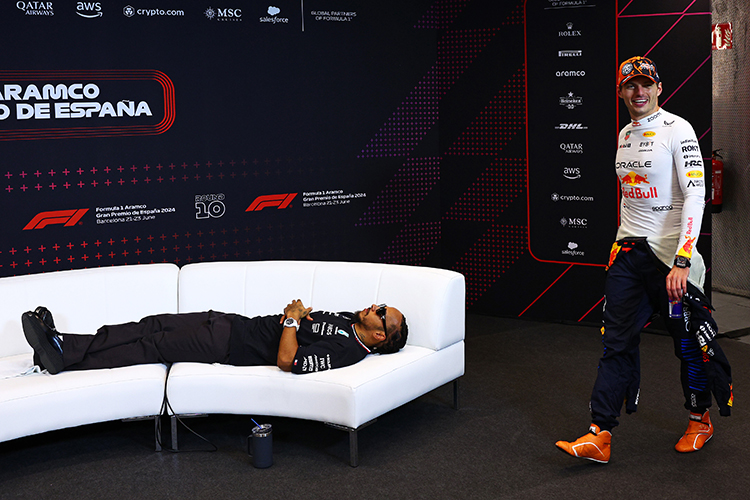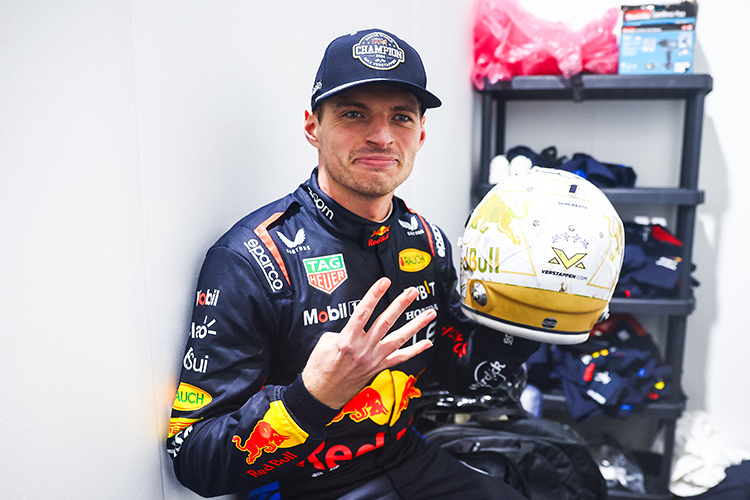How Many Laps are in a Formula 1 Race?

Formula 1 World Champions: A legacy of racing legends
How Many Laps are in a Formula 1 Race?
Discover how many laps are in a Formula 1 race, factors affecting the number of laps, and examples from iconic circuits like Silverstone and Spa-Francorchamps. Learn more about F1 race distances and lap requirements.
Formula 1 (F1) races are known for their high-speed action and intense competition, but the number of laps in a race can vary depending on the circuit. The number of laps required for each race is determined by the length of the circuit and the total race distance set by the sport’s governing body, the Fédération Internationale de l'Automobile (FIA). Typically, the total number of laps in a Formula 1 race falls between 44 and 72 laps, with the total race distance generally set at around 305 kilometers (190 miles), except for the Monaco Grand Prix.
Determining the Number of Laps
The number of laps in a Formula 1 race is not fixed and depends on several factors, primarily the length of the circuit. To maintain consistency in race distance, the FIA sets a standard total race distance of approximately 305 kilometers (190 miles). This means that shorter circuits will require more laps, while longer circuits need fewer laps to meet the same race distance. However, some circuits, like Monaco, have a shorter total race distance, which is reflected in the number of laps for those races.
Examples of Laps at Iconic F1 Circuits
Silverstone Circuit
At the Silverstone Circuit in the United Kingdom, the race consists of around 52 laps. Silverstone is known for its relatively shorter lap length compared to other venues, so more laps are necessary to reach the desired total race distance of 305 kilometers. This results in a higher number of laps compared to circuits with longer lap lengths.
Spa-Francorchamps Circuit
The Spa-Francorchamps circuit in Belgium is famous for its longer and more challenging layout. To achieve the same race distance of 305 kilometers, the Spa race consists of 44 laps. Fewer laps are required because of the circuit's longer lap length, which allows the race to meet the total distance requirement with fewer laps.
Why Does the Number of Laps Vary?
The variation in the number of laps for Formula 1 races can be attributed to the design of each circuit. Factors such as the length of the straights, the number of corners, and the overall complexity of the track influence how many laps are needed to reach the total race distance. These differences make each Grand Prix unique, requiring teams and drivers to adapt their strategies to the characteristics of each track.
Summary: The Range of Laps in Formula 1
The number of laps in a Formula 1 race typically ranges between 44 and 72 laps, depending on the length of the circuit and the required race distance. For most races, the FIA mandates a race distance of approximately 305 kilometers (190 miles), with the Monaco Grand Prix being the notable exception, having a shorter distance. The variation in laps ensures that each circuit's specific design and characteristics are taken into account, providing unique challenges at every race.
Up Next


